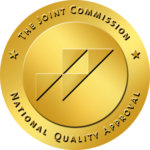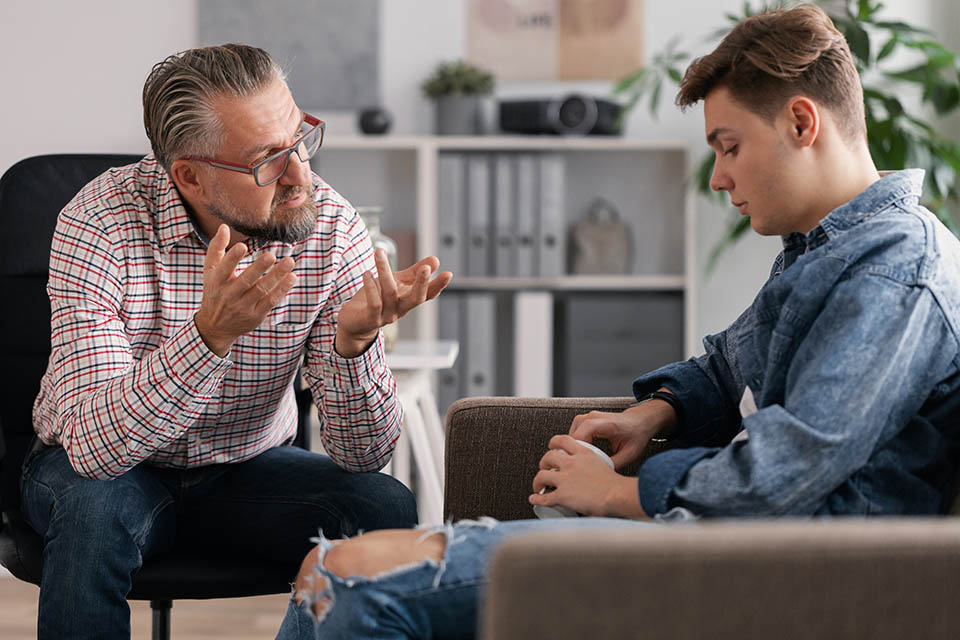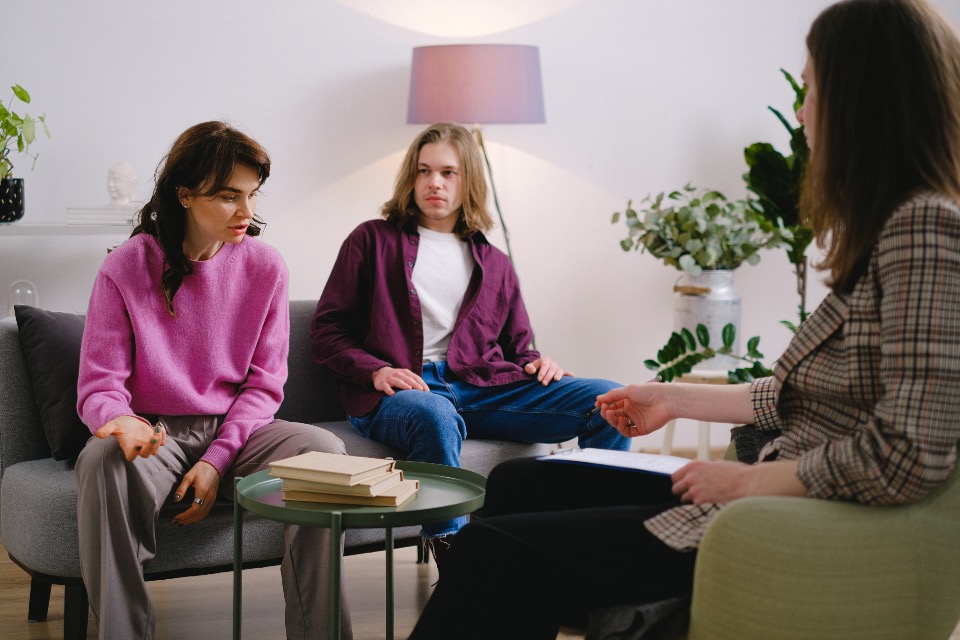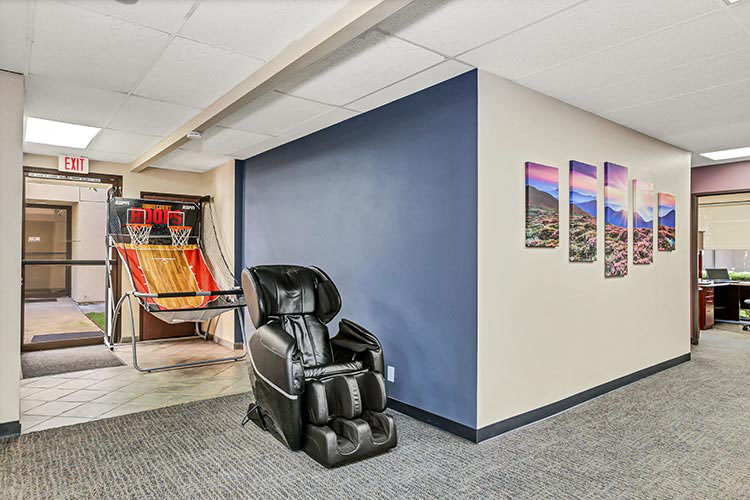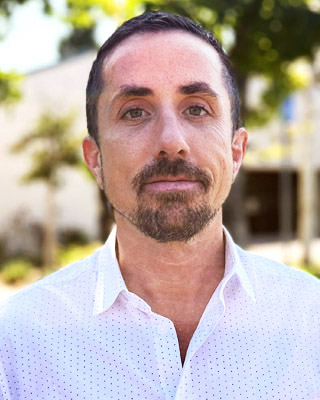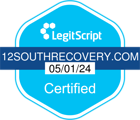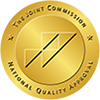Key Takeaways
- Amoxicillin isn’t addictive because it doesn’t act on the brain’s reward system.
- Real addiction involves physical and psychological dependence that disrupts daily life.
- 12 South Recovery provides professional care that helps clients heal from the true causes of addiction.
The Truth About Amoxicillin
If you’ve ever been prescribed antibiotics, you might wonder if they can become addictive. Some prescription drugs can lead to dependence or misuse, so it’s a fair question. The truth is, amoxicillin isn’t one of them. It’s a common and safe penicillin antibiotic that treats bacterial infections, not something that affects the brain or causes cravings. Still, it’s easy to confuse regular medication use with real addiction. At 12 South Recovery, we help people understand that difference and find real healing when drug use becomes more than just treatment.
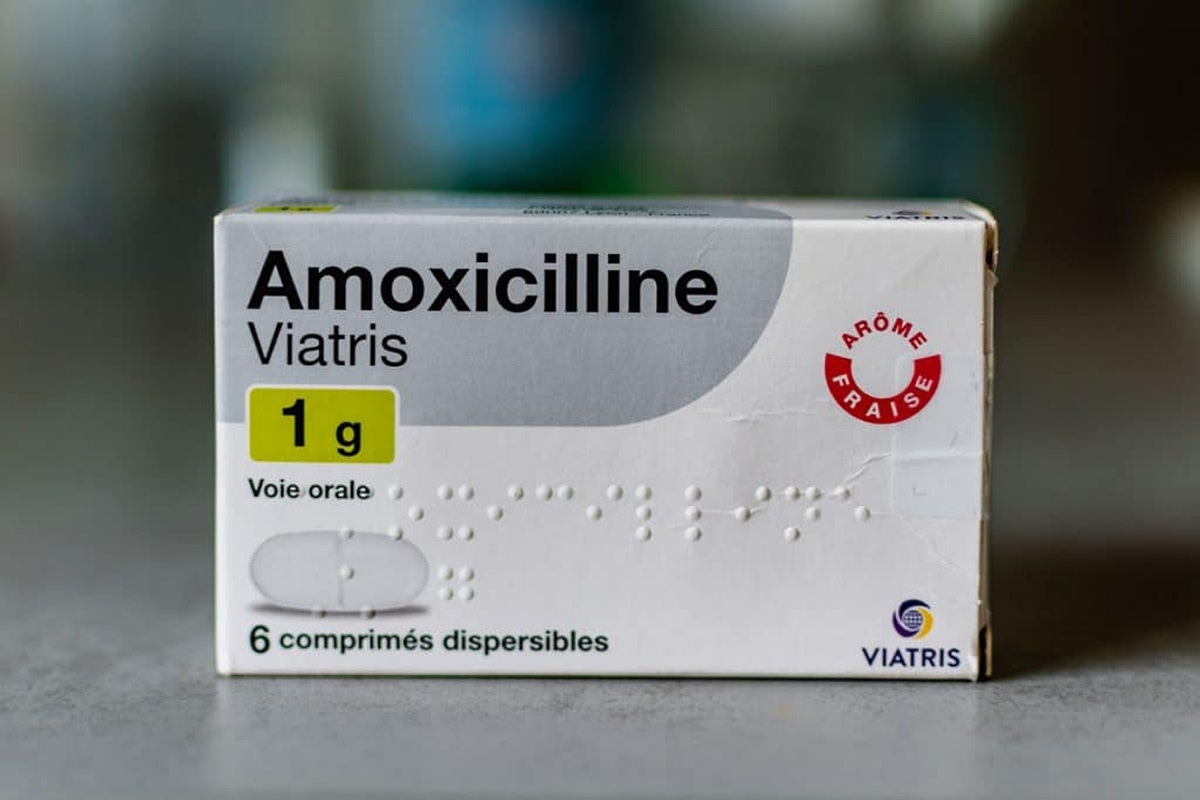
What Is Amoxicillin?
Amoxicillin is a type of penicillin antibiotic that fights bacterial infections. It’s one of the most prescribed antibiotics in the world and is generally safe when used correctly. Doctors often prescribe amoxicillin to treat infections such as:
- Ear, nose, or throat infections
- Sinus infections
- Urinary tract infections
- Bronchitis or pneumonia
- Skin infections
If you’ve ever had strep throat or a sinus infection, there’s a good chance your doctor gave you amoxicillin. It’s effective, affordable, and trusted because it targets harmful bacteria directly.
What Is Amoxicillin Used For?
Amoxicillin works by stopping bacteria from growing and multiplying in your body. It does not affect viruses, so it won’t help with colds or the flu. That’s why taking antibiotics when you don’t need them can cause more harm than good.
Doctors prescribe amoxicillin to handle infections that the immune system can’t fight off alone. It’s usually taken orally in pill or liquid form, and it begins working within a few days for most people.
Because it’s not a drug that affects the brain’s reward system, amoxicillin has no addictive potential. Still, some people may misuse it out of misunderstanding: taking too much, stopping too early, or using leftover pills later on.
How Amoicillin Works
Amoxicillin prevents bacteria from forming the protective cell walls they need to survive. Without these walls, the bacteria break down and die. Unlike opioids, stimulants, or benzodiazepines, amoxicillin doesn’t cause a “high” or any euphoric sensation. It doesn’t affect dopamine levels or alter mood, thoughts, or emotions.
This means there’s no reward loop in the brain that could lead to dependence or addiction. You can safely take amoxicillin as prescribed, then stop once your doctor says your infection is clear.
Amoxicillin Side Effects
While amoxicillin isn’t addictive, that doesn’t mean it’s entirely without side effects. Most people tolerate it well, but some may experience mild reactions such as:
- Nausea or vomiting
- Diarrhea
- Skin rash or mild itching
- Stomach pain
In rare cases, people with penicillin allergies may have more serious reactions such as swelling, difficulty breathing, or hives. Always tell your doctor about any allergies before taking antibiotics.
These effects are physical responses, not signs of psychological addiction or craving. Once you finish your prescription, your body doesn’t “miss” the drug the way it might with addictive substances.
Can You Drink Alcohol While Taking Amoxicillin?
A common question patients ask is whether it’s okay to drink alcohol while taking amoxicillin. The short answer is: it’s best to avoid it.
Alcohol doesn’t reduce the antibiotic’s effectiveness directly, but it can:
- Slow down your body’s ability to recover from infection
- Increase the risk of nausea or stomach discomfort
- Make you feel more tired or dizzy
So while drinking alcohol in moderation might not be dangerous, it can interfere with healing and make side effects worse. It’s always safest to wait until you’ve finished your medication before drinking again.
How Long Does It Take for Amoxicillin to Work?
Amoxicillin usually starts working within 24 to 72 hours, depending on the severity of the infection and the person’s overall health.
Most people notice improvement in their symptoms after two or three days, but it’s important to finish the full course prescribed by your doctor, even if you feel better early. Stopping too soon can leave bacteria behind, allowing the infection to return stronger than before.
This need for completion is one of the biggest reasons misuse happens, not because of addiction, but because people stop or restart medication without medical advice.
How Long Does Amoxicillin Stay in Your System?
Amoxicillin doesn’t stay in your system long. For most people, it leaves the body within 8 to 12 hours after the last dose.
The drug is processed mainly through the kidneys and eliminated in urine. That’s another reason why it’s prescribed multiple times a day, to keep consistent levels in your bloodstream to effectively fight bacteria.
Unlike addictive drugs, there’s no craving or withdrawal period after it leaves your system. Once the infection clears, your body simply returns to normal function.
Is Amoxicillin Addictive?
No. Amoxicillin isn’t addictive.
It doesn’t produce pleasure, euphoria, or a “rush.” It doesn’t trigger the brain’s reward pathways that cause addictive cravings. The body doesn’t build tolerance to it, and stopping doesn’t cause withdrawal.
However, misunderstanding antibiotic use can still lead to harmful behaviors, like taking someone else’s prescription, misusing leftover doses, or combining medications in unsafe ways.
At 12 South Recovery, our team often helps clients who started out using one type of prescription drug correctly but later developed dependence on another, like painkillers or sedatives. That’s why awareness and open conversation matter.
What Does Real Addiction Look Like?
Now that we’ve cleared up that amoxicillin isn’t addictive, it’s important to talk about what real addiction actually looks like.
Addiction isn’t about moral failure or lack of willpower. It’s a chronic disease that affects the brain’s ability to control impulses and behavior. People struggling with drug addiction may experience:
- Obsessive thoughts about using the substance
- Needing more of the drug to feel the same effects
- Ignoring work, relationships, or responsibilities
- Using even when facing serious consequences
- Feeling unable to stop, even after trying
Addiction physically changes how the brain processes pleasure and motivation. This is what separates dependency from misuse, and why professional addiction treatment is so important.
How 12 South Recovery Helps People Overcome Real Addiction
At 12 South Recovery, we focus on uncovering the root causes of addiction. Many of our clients didn’t plan to develop a problem. It happened gradually after stressful life events, trauma, or emotional pain.
Our programs are designed to help clients rebuild from the inside out, combining science-based therapies with clinical support.
We offer:
- Detox and residential treatment for stable recovery foundations
- PHP and IOP programs for ongoing support
- Continuing care and alumni programs to prevent relapse
- Therapies such as CBT, DBT, EMDR, and holistic therapy to treat both the mind and body
Each client receives care focused on their personal needs and goals. Our clinicians work closely to help you identify emotional triggers, develop healthier coping skills, and rediscover your purpose.
Get Addiction Treatment at 12 South Recovery
Amoxicillin is a helpful antibiotic, not an addictive drug. It doesn’t cause cravings, dependence, or changes in your behavior like real addiction does. True addiction takes over your thoughts and daily life, making it hard to stop without help. If substance use has started to feel like something you can’t control, 12 South Recovery can help. We help people heal from real addiction and build healthier lives. Call 12 South Recovery today to start your recovery with the support you deserve.

